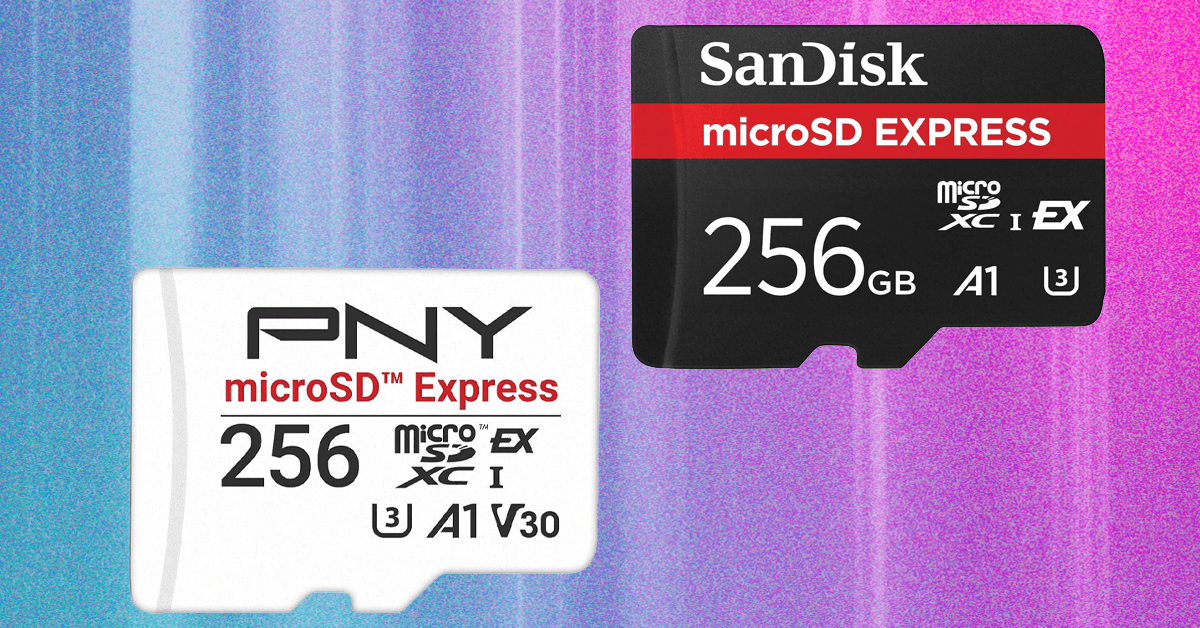Understanding MicroSD Express: A New Era of Storage Speed

Have you recently upgraded to a Nintendo Switch 2 and found your internal storage quickly filling up with games and saves? You might have noticed that your old SD card from the original Switch isn't compatible. Enter the MicroSD Express card, a new standard introduced in late 2023, designed to handle the demands of modern gaming and high-resolution video recording.
MicroSD Express cards boast write speeds in the hundreds of megabytes per second, a significant leap from the standard MicroSD cards. Previously reserved for high-end digital cameras and niche uses, these cards are now becoming essential for devices like the Switch 2. However, they come with a higher price tag and limited availability.
Express Lane
MicroSD Express cards are faster, but what does that mean? Speed on these cards is measured using different classes. Standard MicroSD cards use Speed Class (C), UHS Speed Class (U), and Video Speed Class (V) to denote their performance. For example, a "10" in a circle indicates a 10MB/s sustained write speed.
Express cards, marked by a stylized EX or E, support sustained write speeds from 150MB/s to 600MB/s. These speeds are minimums, and you might see even higher numbers depending on the device's capabilities. This means your MicroSD Express card can work as a V30 device in compatible devices, but don't confuse "Express" with "Extreme," a term used by manufacturers.
The physical design of Express cards differs slightly, with a new pin configuration. They maintain compatibility with older readers via the top row of pins, but offer enhanced performance in newer devices.
For Switch 2 users, a MicroSD Express card is crucial. While standard MicroSD cards can handle images and videos, an Express card is necessary for saving files and game data efficiently. Nintendo's website details compatibility and requirements for these cards, though specifics on sustained write speeds are still emerging.
Hands On
Standard MicroSD cards, often with 30MB/s write speeds, are affordable, starting around $10 for 128GB. In contrast, a MicroSD Express card of the same capacity can cost upwards of $50. I tested two 256GB models, the SanDisk for $72 and the PNY for $56, both offering substantial storage for growing game libraries.
In practical use, the Switch 2 moved a 20.3GB game to the SanDisk card in just over four minutes, while the PNY took nearly seven minutes. These speeds are a marked improvement over the original Switch's performance with standard cards, making the investment worthwhile for avid gamers.
Unless you're using a Switch 2 or a high-resolution video camera, sticking with standard MicroSD cards is fine for now. However, for those needing to transfer large game files quickly, MicroSD Express cards offer a valuable speed boost.